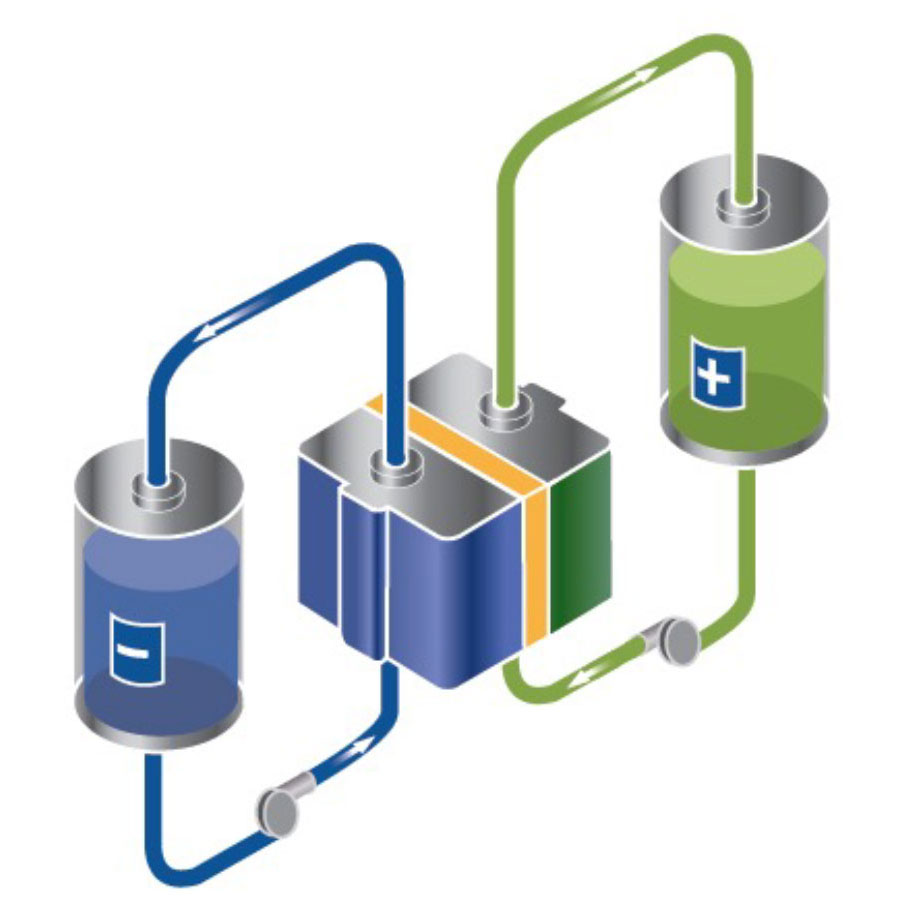Redox flow batteries (RFBs) are emerging as a promising technology for energy-intensive grid storage, allowing integration of intermittent renewable energy sources with the electric grid to balance supply and demand over time. Using redox-active molecules (redoxmers) in liquid electrolytes allows almost-infinite scalability by decoupling energy and power while reducing costs and accommodating variable demand. The redoxmer-containing electrolytes often dictate the performance of the batteries. To enhance the batteries’ performance, researchers need to find the best combination of desired properties: high solubility, targeted redox potential, low viscosity, high conductivity, and more.
Despite the success of mobile robots in battery research, no energy storage materials have been synthesized or identified based on AI molecular design. With the help of AI-based multi-objective optimization, we can explore a larger range of electrolytes to identify more effective candidates that have the desired properties (high solubility, fluorescence property, and low viscosity) from a large electrolyte space of redoxmers, solvents, and salts. Argonne has developed a theoretical and AI framework to identify molecules with the desired properties from a large chemical space. For this project, we developed an autonomous robotic setup that uses Polybot to perform electrochemical experiments, providing a foundational approach for property optimization essential for electrolyte discovery efforts.
